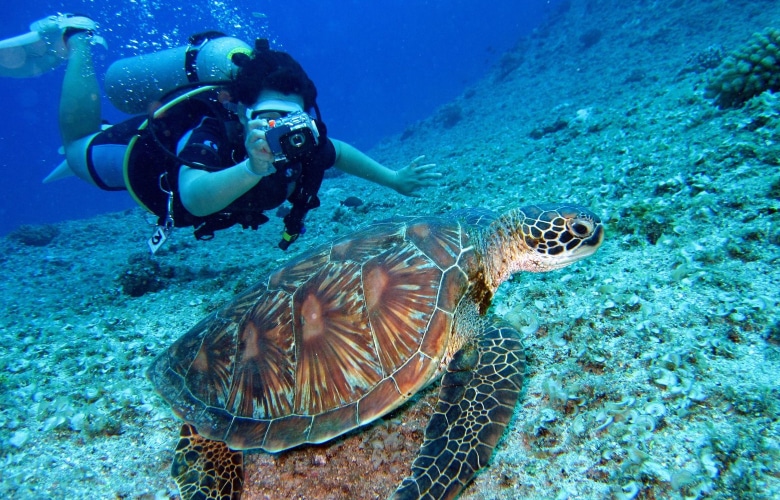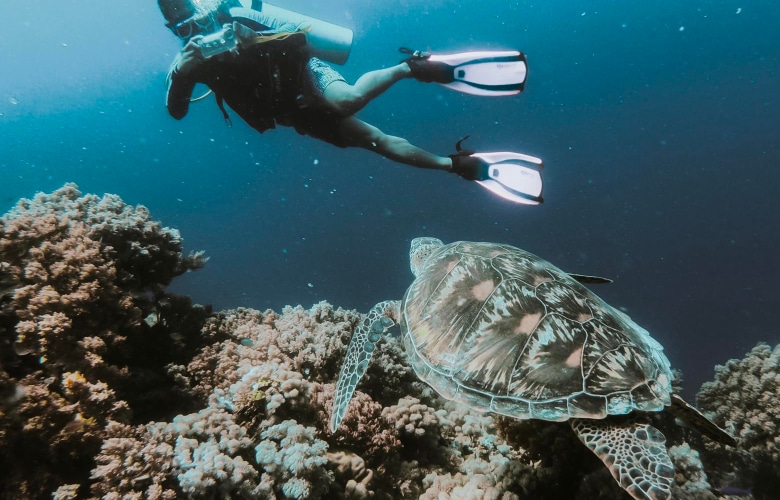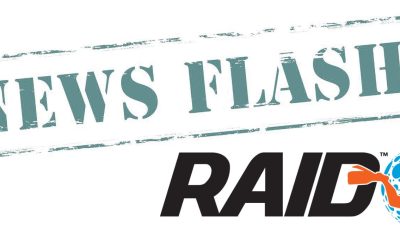News
Aperture, Shutter Speed, and ISO for Underwater Photography
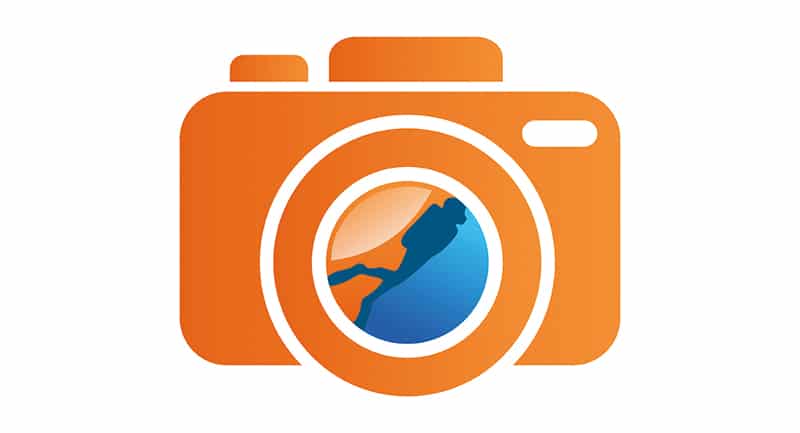
By Carlo Piscioneri, Founder of Night Sky Pix.
When just starting out in low-light photography, trying to get your head around all the camera settings can be quite overwhelming. The purpose of this article is to get you up to speed with some of the most common terms related to camera settings, what they mean, and how they affect your images!
So whether you’re trying to shoot a starry night image, or into the cool depths of underwater photography, these principles will all apply equally.
Getting Started With Underwater Photography
If you’re planning on shooting underwater, getting to know your camera is extremely important. First off, to capture the best photos possible, you’ll need to set your camera to (M) Manual Mode.
Auto mode is great for daytime images, but in low-light situations where the conditions can constantly change, you’ll need manual mode and adjust your settings for the specific situation.
By doing this, you are taking control of your camera’s settings. Regardless if you are shooting underwater or above ground, this will make the biggest difference to your images.
Throughout the rest of this article, we’ll discuss the three Manual settings that all photographers need to look at when taking photos. They are aperture, shutter speed, and ISO.
Exposure Triangle
The term “exposure triangle”, is the combination of the three main components of photography.
Aperture, shutter speed, and ISO. All three work together to help bring out the best in your images and will determine the overall brightness of your pics.
Once you begin to understand how the three all relate to each other, you’ll have much more control of your camera’s abilities and settings, allowing you to adjust to the right settings for the right situation.
Below is a breakdown of each of these terms and what they do.
Aperture
This is the first common term that you should learn in any form of photography.
Simply put, an aperture is the size of the opening in the lens.
Think of aperture as an adjustable widening and narrowing of the lens, the wider the opening, the more light will pass through and make its way to the sensor, while the smaller the lens opening the less light is allowed to pass through.
While there are many types of visual devices that use a reference of apertures, such as binoculars and telescopes, they lack something that digital cameras have, which is a diaphragm that allows you to adjust the amount of light that reaches the camera’s sensor.
Camera settings with the aperture wide open allow more light into the image, resulting in a brighter photo. This is of the utmost importance when shooting in low light situations like night and underwater photography.
The aperture is measured in f-stops, a small aperture like f/1.8 is a wide opening, a large aperture like f/22 is a very narrow one.
The aperture is one of three camera settings that determine the overall exposure and brightness of an image, (how bright or dark the final image is).
Depth Of Field
The aperture also affects how much of the image is in focus (DOF). Wide apertures result in a creamy, unfocused background, while narrow apertures keep more of the image in focus.
Choosing A Higher Or Lower Aperture Setting?
Depending on the final outcome you want to achieve from photographing a scene, here are a few things to consider.
When shooting an object close up, a wider aperture will make the scenery behind the subject out of focus/blurry. This is usually performed when shooting a subject close up, like a portrait photograph.
A smaller aperture setting will allow you to achieve a broader depth of field view so you can capture a broader area of focus. This is useful for landscape photography.
Shutter Speed
The shutter speed is the setting of the camera that opens and closes the shutter to let light in and take a picture. The shutter speed indicates how long the shutter remains open, written in seconds or fractions of a second, such as 1/200 s. or 1″, where the symbol ” is quite often used to denote a whole second.
If you reduce the time your camera’s eye is open by half (shutter speed), you then get half the ambient light in your image.
The longer the shutter remains open, the more light is let in. So why don’t we just leave the shutter speed setting as long as possible?
Because anything that moves when the shutter is open will be out of focus and blurred, and if the whole camera moves with the shutter open, the whole image will be blurred.
Does Shutter Speed Affect All The Brightness Of An Image?
Changing the shutter speed affects the ambient areas of your image. The faster the shutter speed, the darker these areas become.
What About A Flash Or Strobe?
The amount of light you get into the picture with a flash or strobe is not affected by the shutter speed, because a flash only flashes for a fraction of a second. Changing the shutter speed has no effect on how much stroboscopic light appears in your picture.
ISO
The ISO value determines how light-sensitive the camera is. For example, an ISO value of 100 means that the camera is not very sensitive – ideal for daylight shooting.
An ISO value of say, 3200 or more means that the camera will be very sensitive to light, so you can use this higher ISO value for low-light shooting. The downside to increasing your ISO value is that the higher the ISO value, the more noise you start to introduce into your images, resulting in a more “grainy artifacts” in the image.
While you still need to be careful when raising your ISO as to not introduce too much noise into your image, it’s not as much of an issue as it used to be.
Older models of DSLR cameras were notorious for introducing a lot of noise into a picture but nowadays, a lot of the newer model cameras, from Canon, Sony, Nikon, etc have much better camera sensors and can handle much higher ISO levels with minimal noise in an image.
Like all things, I recommend you test the threshold of your camera to see what you’re happy with when raising your ISO.
Lastly, when it comes to ISO, especially during any form of low-light photography, it is usually the last of the settings to change, as you really don’t want to introduce any more digital noise into your image than needed.
Conclusion
Low-light photography does take a little more effort than regular daylight photography. You’ll need to adjust a combination of the three components (exposure triangle), aperture, shutter speed and ISO to capture that perfect shot.
Hopefully this article has helped you get a bit more understanding of what those three do and why they’re so important.
To learn more about night photography, visit www.nightskypix.com
Carlo Piscioneri
Carlo is editor in chief at NightSkyPix.com. You’ll often find him in the backyard testing out different equipment or techniques to try and improve his images. He loves to write about all things night photography and can’t wait to share what he has learned with you.
NightSkyPix is a site dedicated to astrophotography. When it comes to night photography, there are many, many options when it comes to equipment, configuration, and even what to shoot. Things can get complicated quickly, so the aim is to help simplify and teach readers by sharing great guides, tutorials, reviews, and resources.
Blogs
EXCLUSIVE: Jeff Goodman interviews Mark Spiers, CEO of New Scuba Diving Training Agency NovoScuba

In a video recorded exclusively for Scubaverse.com, Jeff Goodman interviews Mark Spiers, CEO of new scuba diving training agency NovoScuba.
Find out more about NovoScuba at www.novoscuba.com.
News
Charting New Waters; NovoScuba Goes Global with the Launch of their Revolutionary Dive Training Agency!
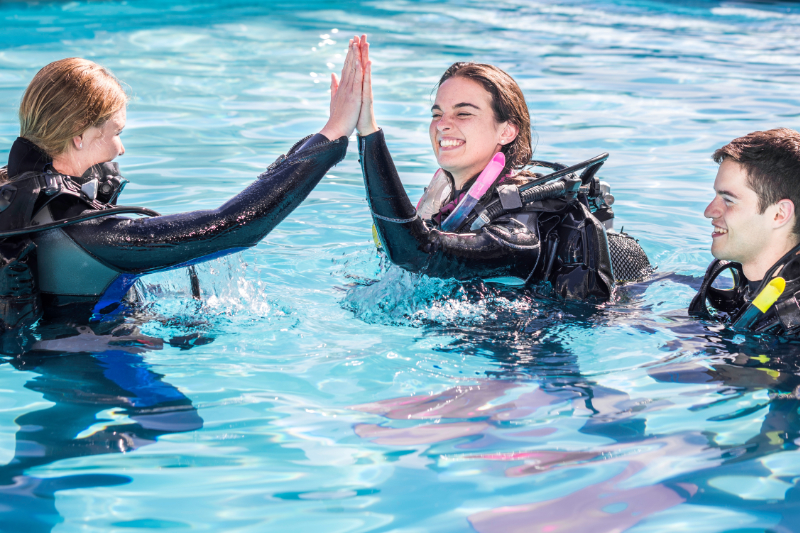
Discover a New Era of Dive Education: NovoScuba Brings Innovation to the Surface! Fully ISO Certified and Equipped with Cutting-Edge Technology.
 With a combined experience spanning over a century in the diving industry, a team of accomplished dive store owners, managers, and professionals unveils NovoScuba, a ground-breaking dive training agency poised to redefine the benchmarks of underwater education. Launching in May 2024, NovoScuba promises a revolutionary approach to dive training. Their vision is to make diving accessible to everyone, share success within the dive community and emphasise positive interactions with the planet.
With a combined experience spanning over a century in the diving industry, a team of accomplished dive store owners, managers, and professionals unveils NovoScuba, a ground-breaking dive training agency poised to redefine the benchmarks of underwater education. Launching in May 2024, NovoScuba promises a revolutionary approach to dive training. Their vision is to make diving accessible to everyone, share success within the dive community and emphasise positive interactions with the planet.
NovoScuba’s global debut marks a significant milestone in the dive industry. Driven by a vision to challenge convention and harness the power of technology, NovoScuba aims to revolutionise the dive training landscape through its innovative business model, which is digitally native, making it the most technologically advanced dive training agency to date.
“We recognised the need for change in the dive training industry and saw an opportunity to leverage technology, and redefine existing business models to create something truly innovative,” said Mark Spiers, CEO of NovoScuba.
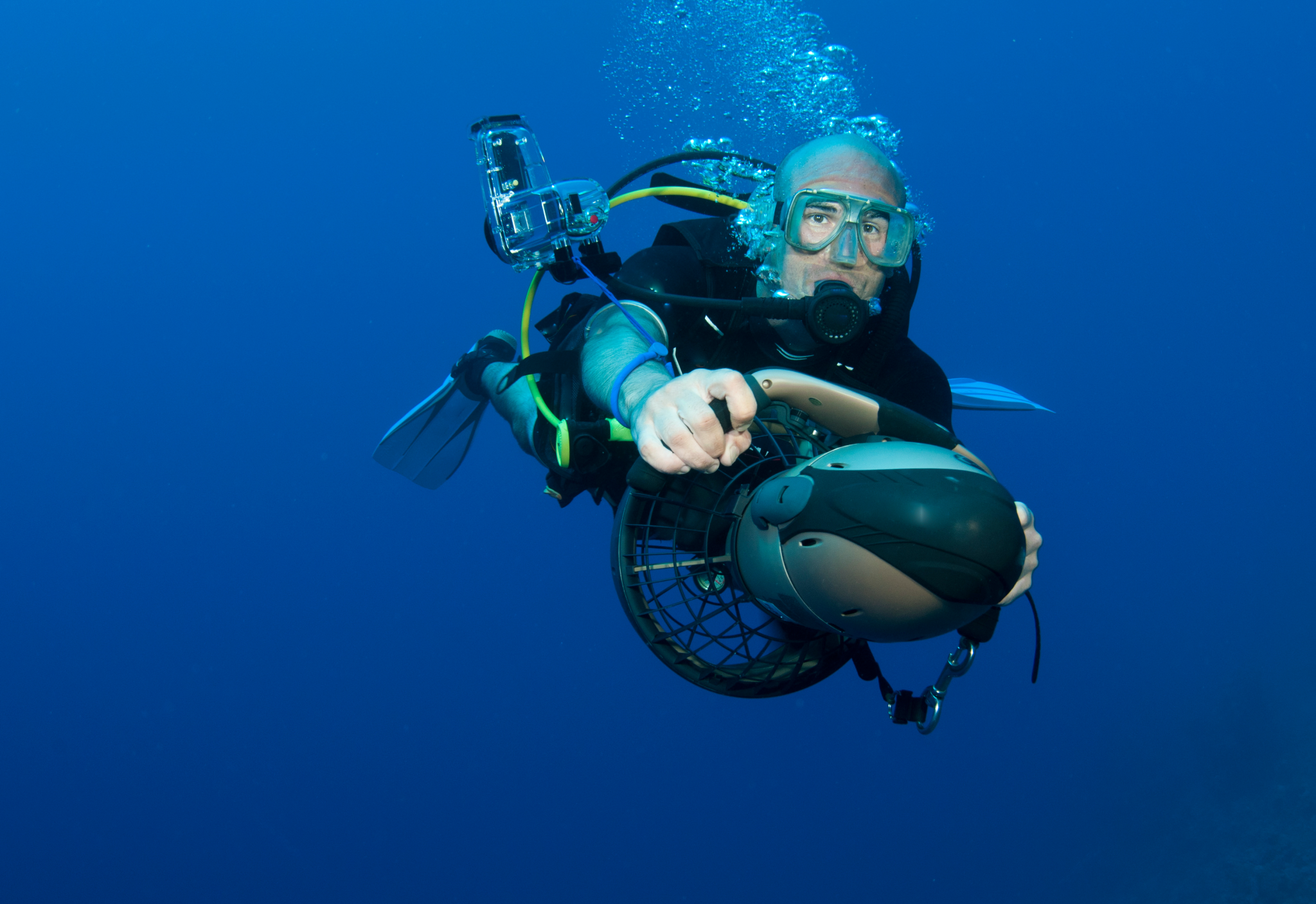
NovoScuba’s platform offers state of the art training programmes ranging from introductory up to professional diving, including various specialties. All programmes meet international standards and ISO certifications are in place. This commitment to shared success, accessibility and positive results for the planet, all at a cost effective and affordable level, is what will make NovoScuba stand out.
“Our deep understanding of traditional pain points for the industry, combined with our digitally native approach positions NovoScuba as a game-changer in dive education. Offering unparalleled initiatives such as student subscription, open access to all course materials, pay as you certify, no stock required, monthly membership payments, payment in local currencies, one-click certifications, and membership freezing, NovoScuba is set to redefine the industry. Available in 13 languages, at launch, the NovoScuba courses are written for the modern divers, with a focus on up-to-date content, interactive learning, and an engaging platform,” Mark Spiers concluded.
NovoScuba is challenging a change in the industry, redefining established traditional systems, and ushering in a new standard of excellence, support, and partnership. Their collaborations with dive stores, pros and underwater enthusiasts won’t demand exclusivity, prioritising earned loyalty, and an understanding that their Member’s success is key to their own.
NovoScuba
Diving Redefined.
-

 News3 months ago
News3 months agoCapturing Critters in Lembeh Underwater Photography Workshop 2024: Event Roundup
-

 Marine Life & Conservation Blogs3 months ago
Marine Life & Conservation Blogs3 months agoCreature Feature: Swell Sharks
-

 Blogs2 months ago
Blogs2 months agoMurex Resorts: Passport to Paradise!
-

 Blogs2 months ago
Blogs2 months agoDiver Discovering Whale Skeletons Beneath Ice Judged World’s Best Underwater Photograph
-

 Gear Reviews3 weeks ago
Gear Reviews3 weeks agoGEAR REVIEW – Revolutionising Diving Comfort: The Sharkskin T2 Chillproof Suit
-

 Gear Reviews3 months ago
Gear Reviews3 months agoGear Review: Oceanic+ Dive Housing for iPhone
-

 News2 months ago
News2 months agoPADI Teams Up with Wellness Brand Neuro to Drive Ocean Change and Create a Blue State of Mind
-

 Marine Life & Conservation2 months ago
Marine Life & Conservation2 months agoSave the Manatee Club launches brand new webcams at Silver Springs State Park, Florida


